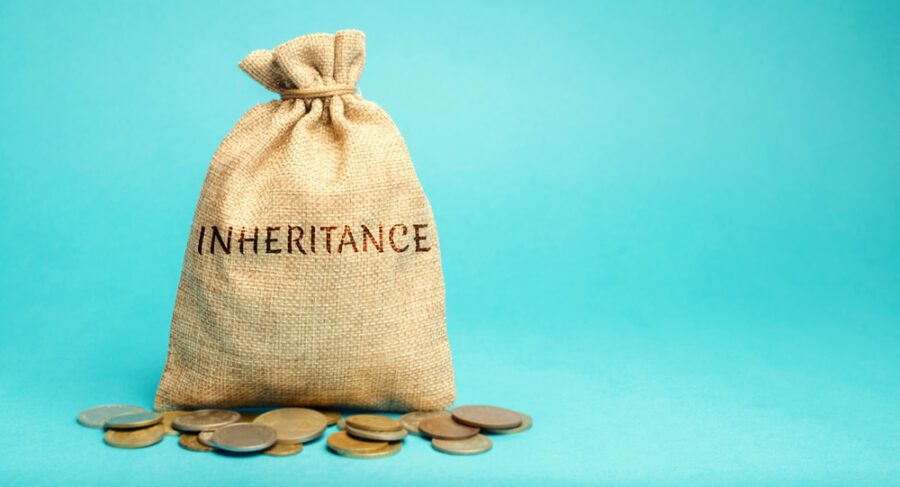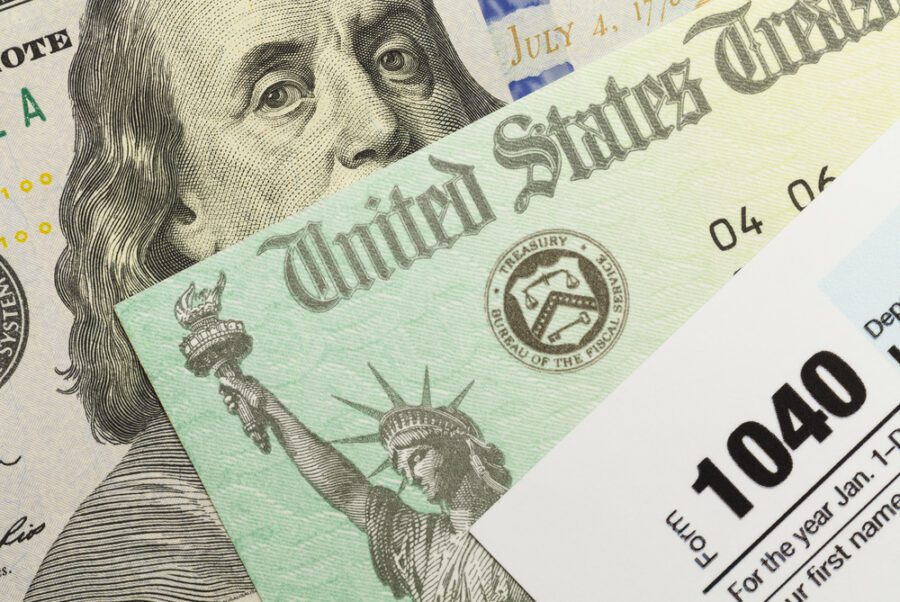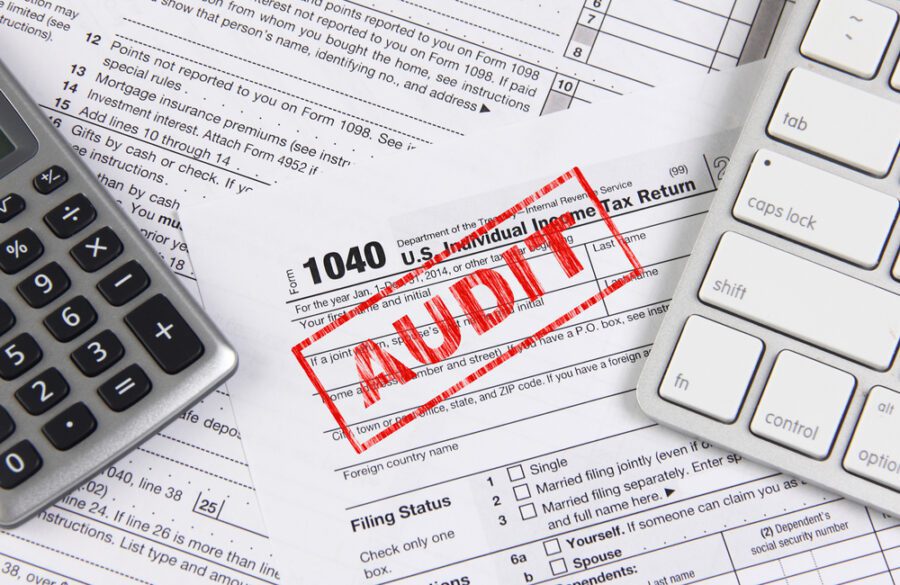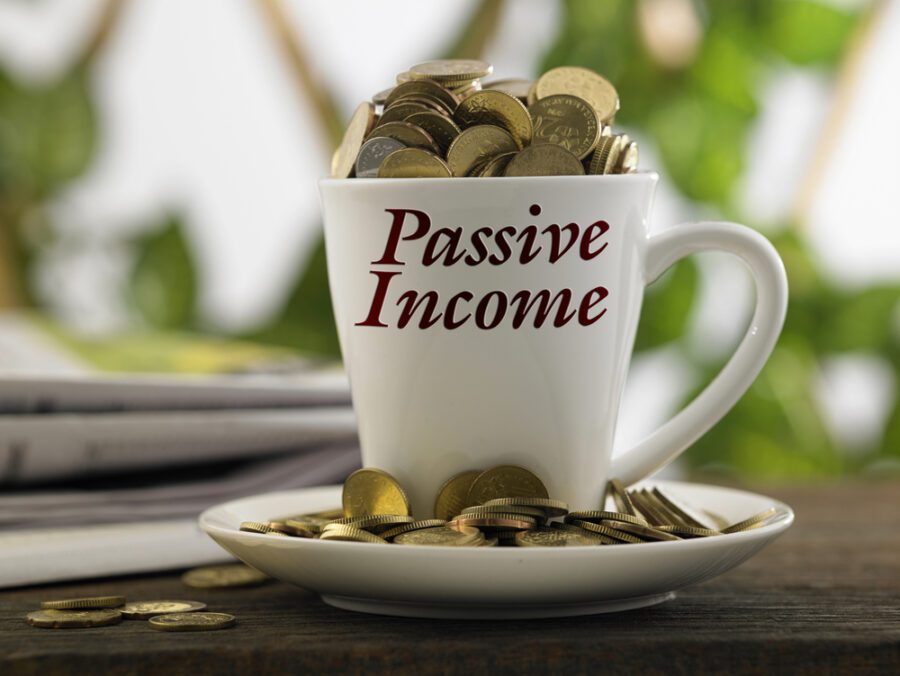It is easy to understand why someone would want more tax-free retirement income. Everyone wants to have more money for their golden years. Also, no one loves to pay all the taxes, but this is something we should do, whether we like it or not.
If you want to have a financially stable retirement and a happier and healthier retirement as well, this article is for you.
To maintain your standard of living as you age, you will need to accumulate greater retirement income-producing assets such as real estate, cash, various investments, or a 401(k). However, accumulating these assets will also mean that you will have a large tax burden.
Read on and learn how to get more tax-free retirement income and have happier golden years!

1. Try to use a health savings account
One useful triple benefit for tax-free retirement income is a health savings account (HSA). To start, you need to know that annual contributions made to an HSA are eligible for a tax deduction. Second, assets grown inside an HSA are exempt from taxes. Finally, HSA withdrawals are tax-free as long as they are handled properly.
If you want to start contributing to this type of account, you must have the right type of high-deductible health insurance plan. Certain plans have restricted investment alternatives.
HSAs are intended to cover current medical bills; however, you are not required to use the account for this type of expense right now. The HSA fund can be kept until retirement, increasing and accumulating throughout that time.
Then, if you kept your receipts, you could compensate yourself for every penny you spent on medical bills over time. Medicare premiums are one of these expenses.
2. Contribute to a Roth IRA
Consider the Roth IRA as your initial retirement savings account. This can easily be your first and maybe the most important tax-free retirement income source.
In 2023, your contribution limit will be $6,500, or $7,500 if you are 50 years of age or older. Generally speaking, there are no tax deductions for your contributions, but the money in your Roth IRA will accumulate tax-free, and—above all—it will be withdrawn tax-free when you retire. Perfect, isn’t it? Some might say that it is too good to be true, but this is not the case.
Although some may find this to be significant, the majority of us will need to save much more than $6,500 annually to achieve financial freedom.
Keep in mind that there are limitations on who can and how much can be contributed based on income. For instance, in 2023, the maximum amount of money a couple may contribute to a Roth IRA is $228,000 annually, and the minimum amount a single person can contribute is $153,000.
Considering a 10% annual return and a $6,500 annual contribution, over 22 years of saving until 65 years of age, you would have saved over $3.85 million. This amount would increase to more than $6.24 million if you worked a little bit longer and saved until you were 70 years old. When compound interest is used well, it may provide a tax-free retirement income stream. That is one of the advantages of compound interest.
3. Municipal bonds and funds
Let’s talk about municipal bonds since bond interest rates have lately increased, which has boosted the appeal of investing in municipal bonds. What is amazing is the fact that municipal bonds could be a greater draw to investors than corporate bonds because of their tax-free income. But remember that before making any investment, you should make sure that these bonds meet your needs.
In short, tax-free revenue from municipal bonds is distributed without being taxable under federal income taxes; however, state income taxes may still apply. What is important is to keep in mind that such bonds may still be accountable to this tax.
As a result, these bonds often pay lower interest rates than taxable bonds. Also, there are several investment and reinvestment risks linked to these bonds, particularly in an economy where interest rates are rising.
Municipal bonds also include the risk of default. One such instance is the city of Detroit’s bond default. You might not pay taxes on the income from these bonds, but you might still have to pay taxes on any capital gains you make when buying or selling the bonds.
Considering that you are aware of all the risks and if you consider the rewards, you can use municipal bonds and funds as part of your strategy to get some tax-free retirement income.
4. Social Security payments
Social Security benefits are generally not taxed, although this isn’t always the case. Your Social Security retirement payments are indeed tax-free if you are living off of them. But some, or perhaps most, of your payments become taxed if your income reaches a specific threshold.
Based on filing status and earnings, let’s see how Social Security taxes will be distributed in 2022.
Taxes may be due on up to 50% of benefits for those whose combined income is between $25,000 and $34,000 and on up to 85% of Social Security income for those whose income exceeds this limit.
For joint filers whose income falls between $32,000 and $44,000, things will be like this: up to 50% of their Social Security income is subject to taxes; for those who make more, up to 85% of benefits will be subject to taxation.
5. Cash value life insurance
Have you ever heard about “Rich People Roth”? This is what the wealth management circles call this method of getting tax-free retirement income. You maximize your income by using your life insurance.
Since some individuals think life insurance is unnecessary for those who have already retired, they also do not consider it to be a part of their retirement plan. But this is a mistake, and thinking like this can make you lose money.
If you are married, have children, have maxed out your contributions to your existing retirement account, or are in an upper tax bracket, cash-value life insurance might be a great way to achieve the financial freedom we all want.
When it comes to retirement and tax planning, life insurance should be considered an additional asset class. In the end, you could set up this account without any restrictions on your income or contributions, just like a Roth IRA. Though the money accumulates tax-free, you won’t receive a tax break for your premiums. Those funds will be distributed tax-free if handled properly.

6. Inheritances
Generally speaking, depending on an inheritance as a retirement strategy is not a wise choice. First of all, becoming the beneficiary of an inheritance is rarely a given, and the amount left behind is never sufficient to support someone during retirement.
Many Americans do, however, at some point in their lives receive an inheritance, which usually serves as a helpful boost to pre-existing retirement funds.
The best thing about inheritances is that they are tax-free. Sometimes estate taxes are involved, but hopefully, beneficiaries are not liable for estate taxes, even in the extremely rare event that they apply.
This makes inheritances some of the best sources of tax-free retirement income. The only drawback is that you can’t plan your entire retirement on an inheritance.
If you want to learn more about this, the following book might be a good start: Tax-Free Retirement, 10th Anniversary Edition
You should also read: The 6 Ps That Unlock a Happy Retirement, According to Experts









